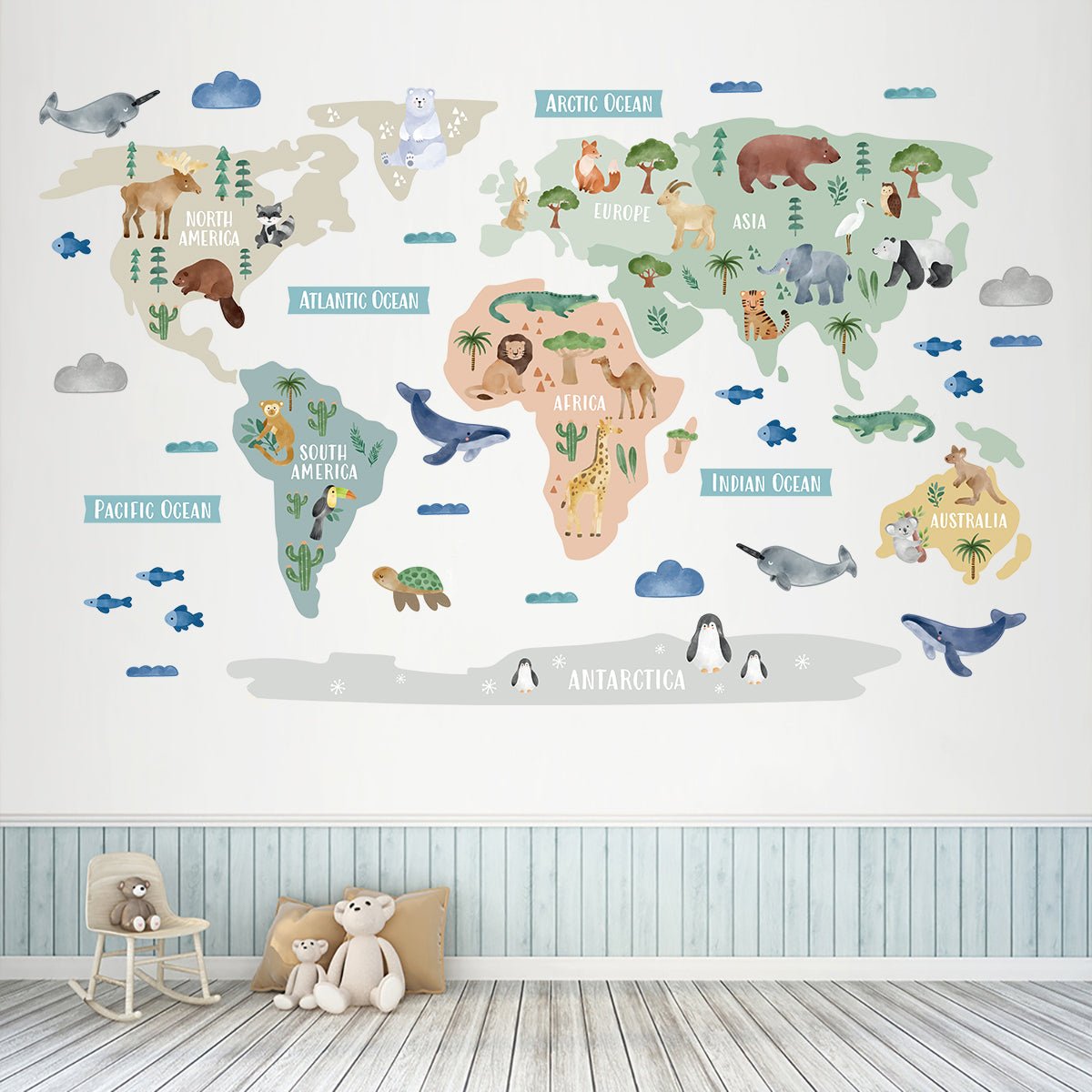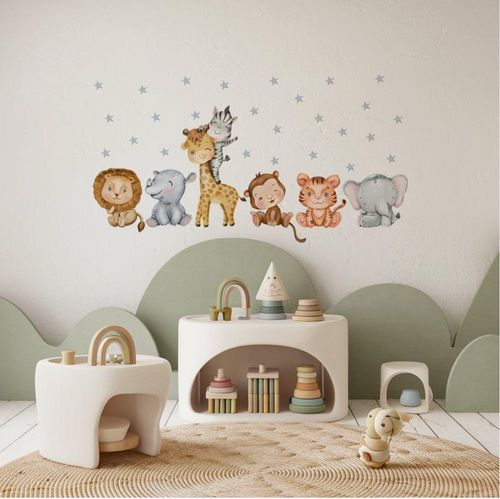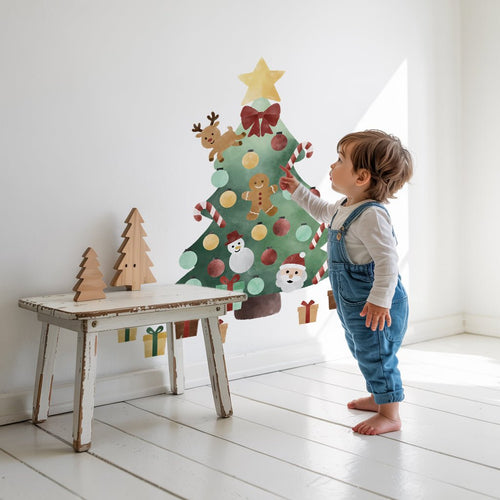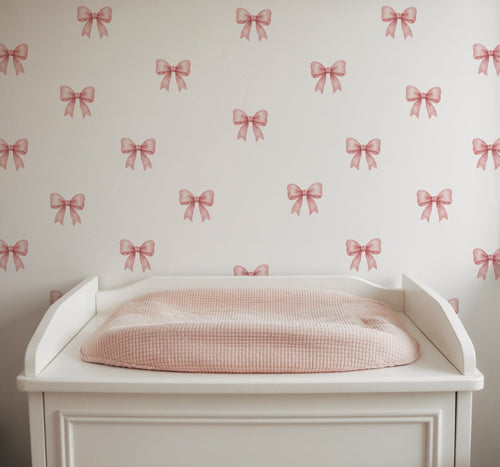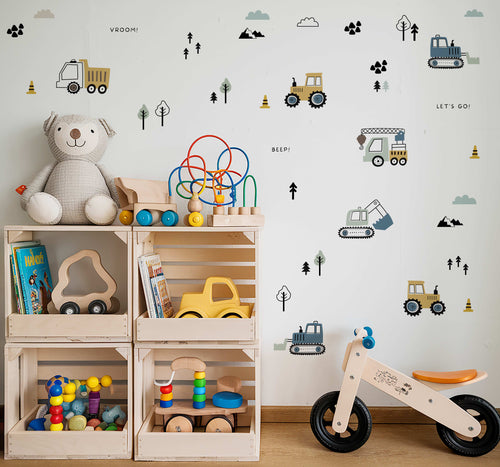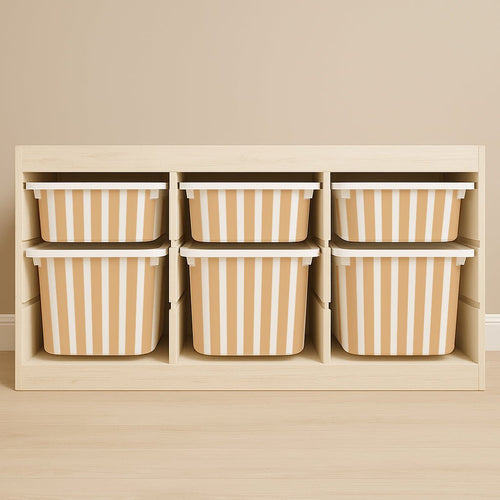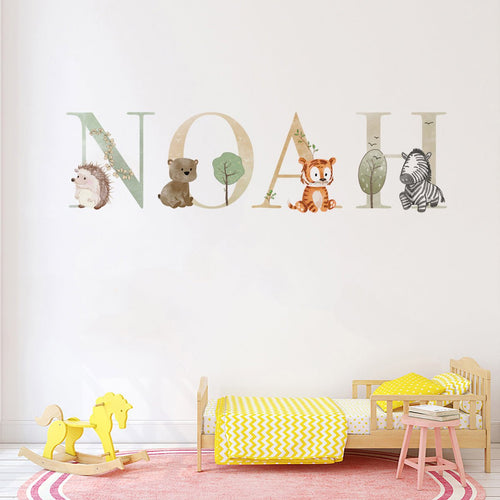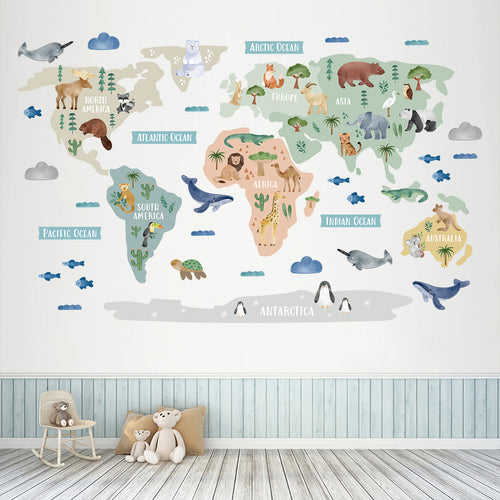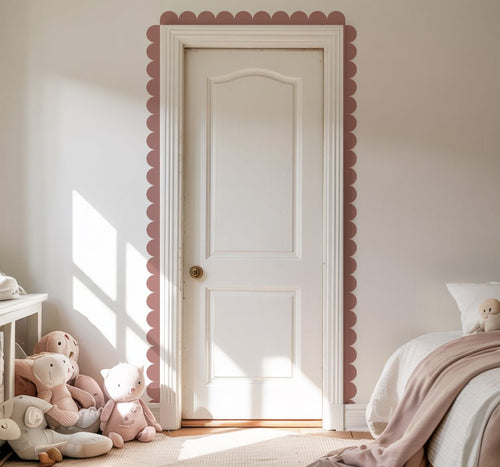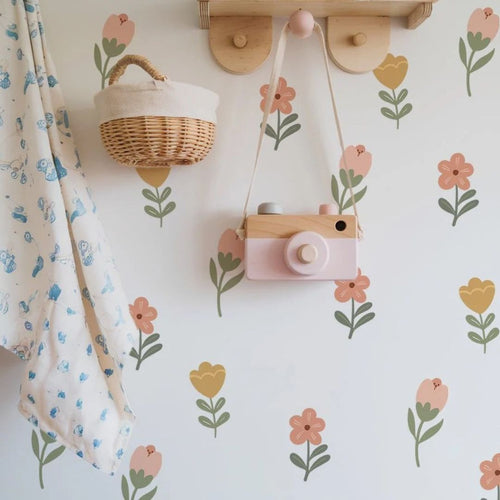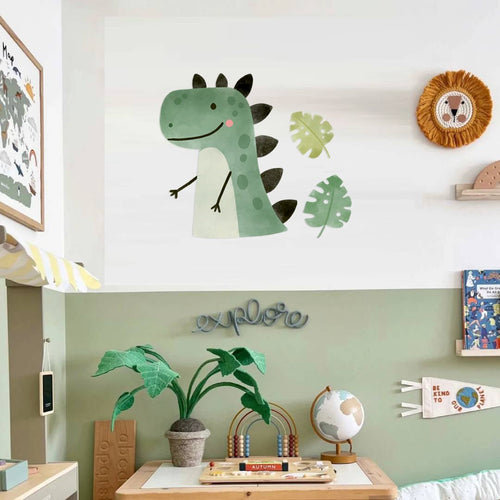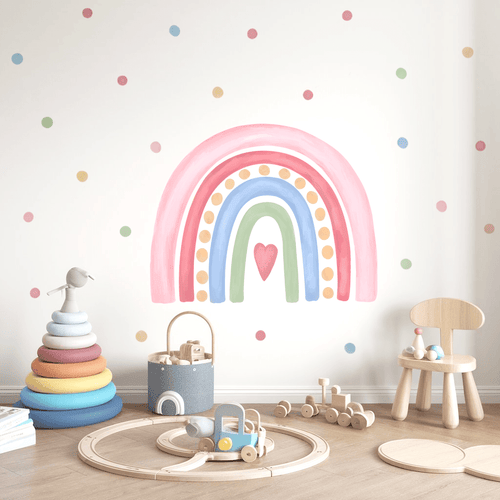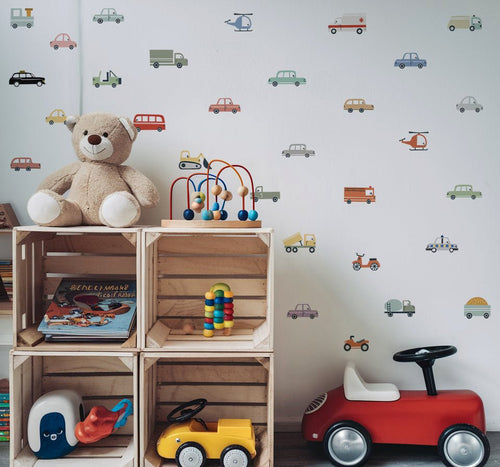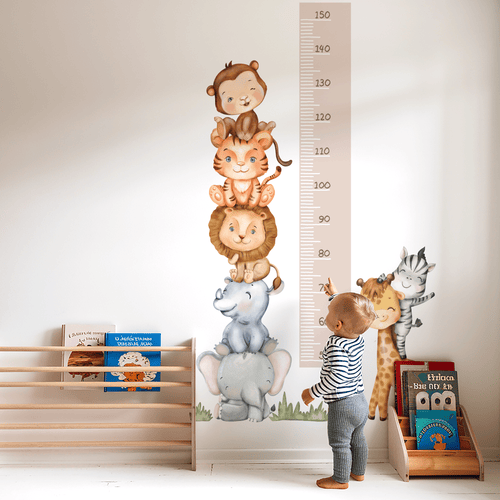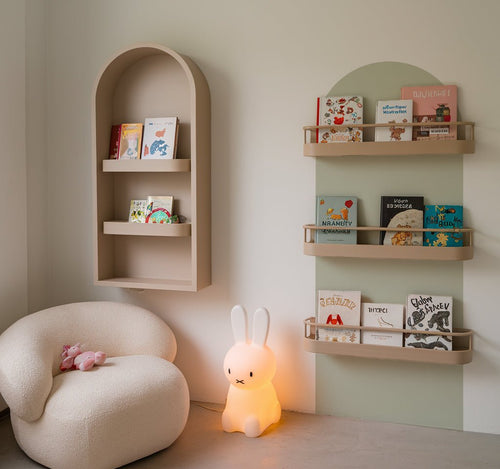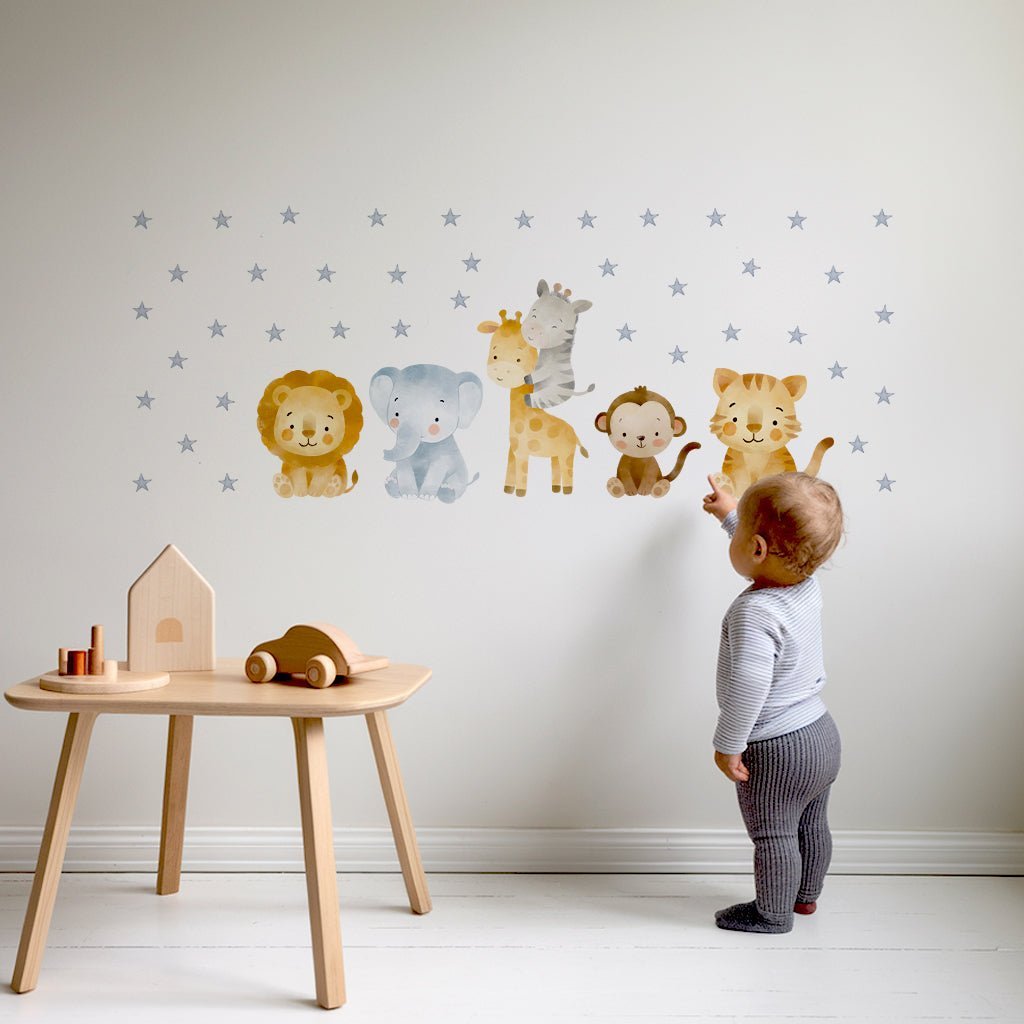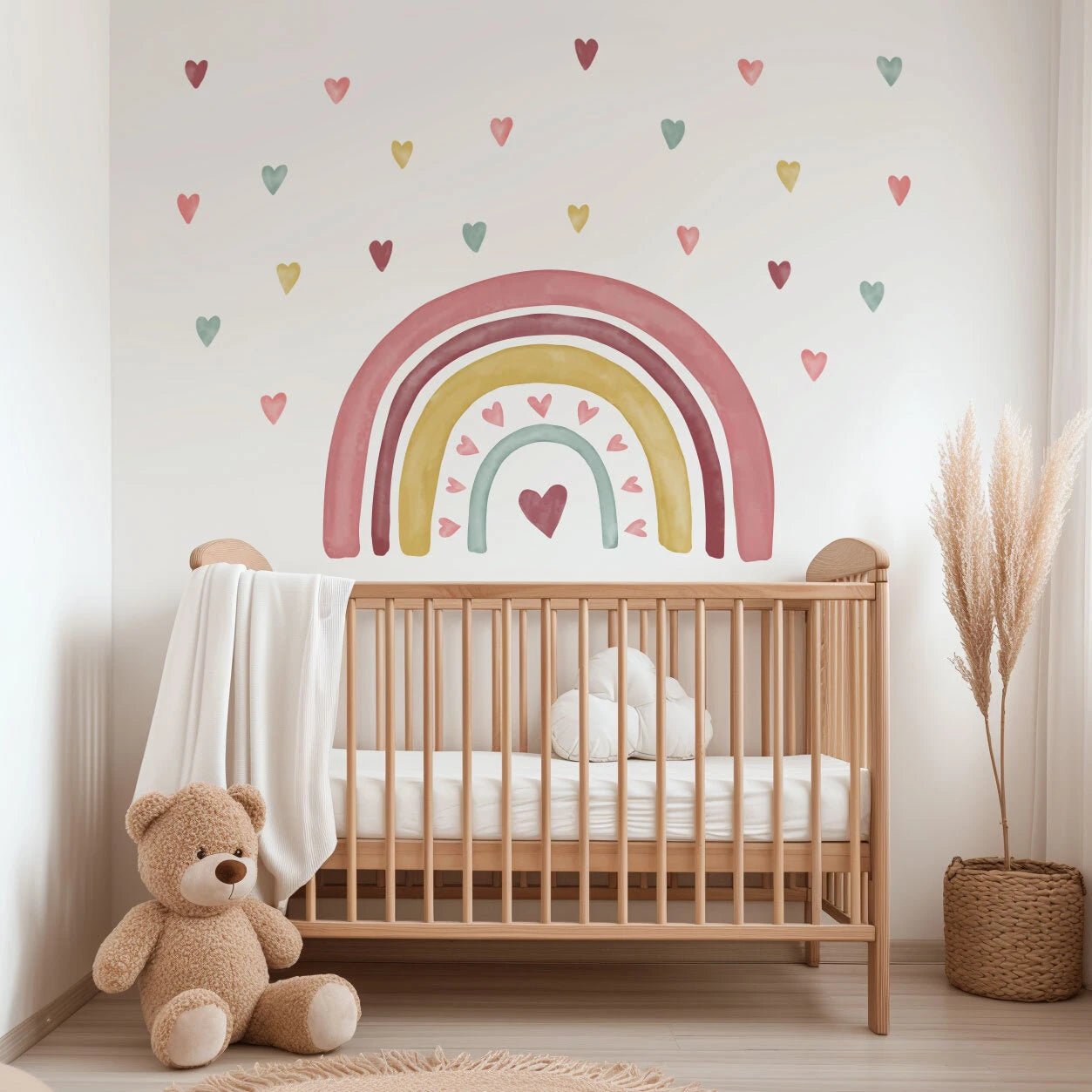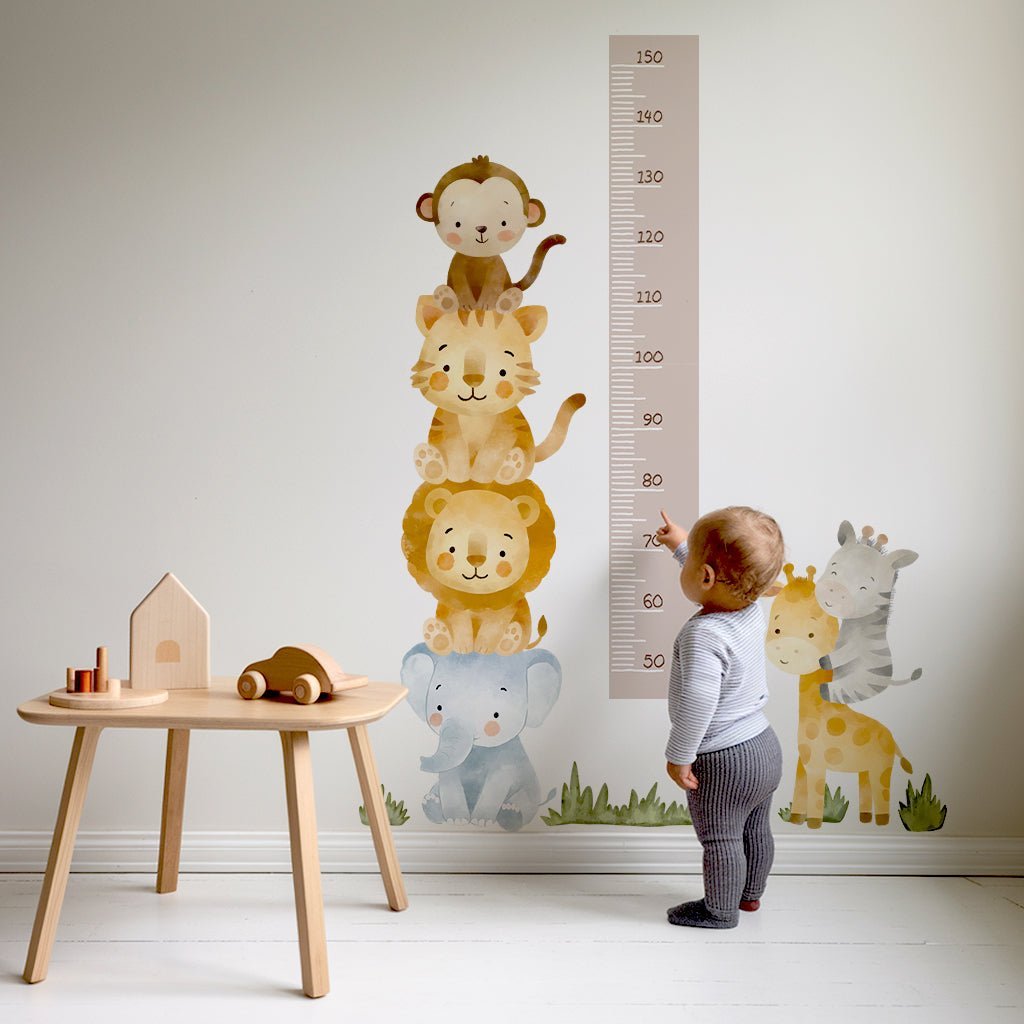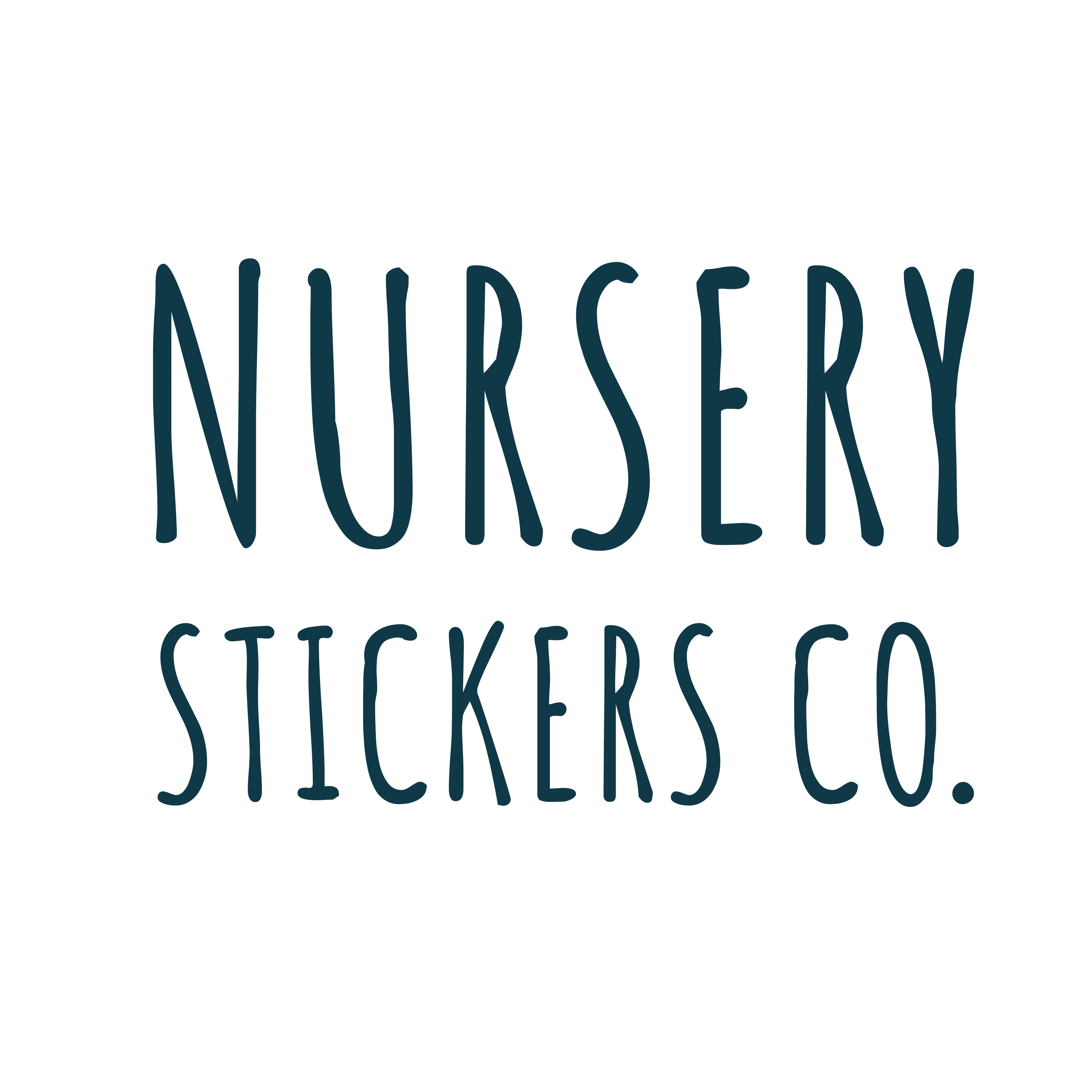Key Takeaways
- A basket for toys helps transform cluttered play areas into organised spaces.
- Using a toy basket encourages children to tidy up independently.
- Toy baskets offer flexible storage solutions compared to rigid furniture.
- They are ideal for families whose decorating needs evolve with their children's interests.
Table of Contents
- What is a Basket for Toys? A Parent's Practical Definition
- The Benefits of Toy Baskets: Why Parents Choose Them
- Types of Toy Baskets: Materials, Styles, and Sizing Explained
- How to Choose the Right Basket for Toys (Step-by-Step Guide)
- Comparing Baskets for Toys with Other Storage Solutions
- Organising Success: Toy Basket Techniques for Real Families
- Top Toy Basket Recommendations for 2025
- Maintenance and Care: Keeping Toy Baskets Fresh
- Future Trends in Toy Storage for 2025
The Ultimate Guide to Choosing and Using a Basket for Toys
Tired of stepping over scattered blocks and stuffed animals? A well-chosen basket for toys transforms chaos into calm whilst giving your little one the independence to tidy up themselves. Unlike rigid storage furniture, toy baskets offer flexibility, perfect for families whose decorating needs change as quickly as their children's interests.
The right toy basket becomes part of your room's personality, whether you're creating a safari adventure or a dreamy rainbow theme. From woven rope designs that complement Scandi nurseries to colourful fabric options that grow with toddler tastes, these simple storage solutions prove that practical doesn't mean boring. Explore the latest designs to find a basket for toys that matches your child's unique style.
We'll walk you through everything from sizing secrets to safety considerations, helping you choose storage that works for your space, your budget, and most importantly, your child's developing independence.
What is a Basket for Toys? A Parent's Practical Definition
A basket for toys is simply a flexible container designed to corral children's belongings whilst looking intentionally placed rather than purely functional. Unlike plastic bins that scream "storage," these pieces blend seamlessly into bedroom and playroom décor.
Picture Emma's nursery: a soft cotton rope basket sits beside the reading chair, filled with board books and teething toys. Meanwhile, in four-year-old Jake's room, a large woven basket holds his ever-growing collection of dinosaurs, doubling as a statement piece that matches his safari wall stickers. Discover how themed wall stickers can enhance your playroom's look.
Size Reality Check: Small baskets (20-30cm) work brilliantly for specific collections like cars or art supplies. Medium baskets (35-45cm) handle daily toy rotation. Large baskets (50cm+) become toy libraries for dress-up clothes and soft toys.
The beauty lies in adaptability. Today's building block container becomes tomorrow's craft supply holder, then next year's sports equipment storage. This flexibility makes toy baskets particularly valuable for families who love refreshing their children's spaces without starting from scratch.
The Benefits of Toy Baskets: Why Parents Choose Them

Parents consistently choose baskets over traditional storage for five compelling reasons. First, child independence, most three-year-olds can successfully toss toys into an open basket, whilst struggling with drawer handles or heavy lids.
Second, instant decoration. A beautiful basket elevates any corner, whether filled with toys or temporarily empty. Third, safety advantages, no sharp corners, pinching hinges, or toppling risks that come with furniture pieces.
"We switched from a toy chest to three themed baskets and my two-year-old now tidies independently. What used to take 15 minutes of coaxing now happens in under 3 minutes." - Sarah, mum of two from Brighton
Fourth, multipurpose flexibility. Baskets transition from toy storage to laundry holders to moving containers when redecorating. Finally, rental-friendly appeal, they provide substantial storage impact without permanent installation or potential deposit deductions.
The time-saving element particularly resonates with busy families. Children naturally understand the "toss it in" concept, making cleanup feel like play rather than chore. See more creative ways to transform your child's space.
Types of Toy Baskets: Materials, Styles, and Sizing Explained
Material choice determines both aesthetics and practicality. Cotton rope baskets offer Instagram-worthy appeal and soft safety for younger children, though they require spot-cleaning and aren't suitable for outdoor toys or messy play items.
Woven seagrass and rattan provide durability and natural texture, perfect for families preferring organic materials. However, rough weaves can snag delicate toys or little fingers. Canvas and fabric options deliver the widest design possibilities, from geometric patterns to animal prints, whilst remaining machine-washable.
| Material | Best For | Cleaning Method | Safety Notes |
|---|---|---|---|
| Cotton Rope | Nurseries, soft toys | Spot clean only | Excellent for under-2s |
| Canvas | Active play, art supplies | Machine washable | Durable, child-safe |
| Seagrass | Natural décor themes | Damp cloth | Check weave tightness |
| Felt | Quiet play areas | Gentle hand wash | Sound-dampening |
Plastic and mesh baskets excel for bath toys, outdoor equipment, or craft supplies that need visibility. They lack decorative appeal but offer unmatched practicality for specific storage challenges.
Sizing depends entirely on your space and storage needs. Nurseries benefit from smaller baskets (30-35cm) that don't overwhelm the room, whilst playrooms can accommodate larger statement pieces (50cm+) that handle substantial toy collections.
How to Choose the Right Basket for Toys (Step-by-Step Guide)
Start by measuring your available space, not just floor area, but shelf depth if you're planning elevated storage. A basket for toys that's too deep for your shelf becomes a frustrating daily obstacle rather than a helpful solution.
Step 1: Count your child's current toys by category. Building blocks, soft toys, and art supplies each need different basket depths and opening sizes.
Step 2: Consider your child's height and motor skills. Two-year-olds need baskets no higher than 30cm for independent access, whilst five-year-olds can manage deeper containers.
Step 3: Match materials to usage patterns. Choose machine-washable canvas for messy play items, or elegant rope baskets for books and quiet toys that stay clean. Find affordable ways to refresh your nursery décor.
Safety First: Look for Oeko-Tex certified fabrics to avoid harmful chemicals. Check that handles are securely attached, loose elements become choking hazards for curious toddlers.
Step 4: Select colours that complement your existing décor but won't clash when themes inevitably change. Neutral tones with subtle patterns offer longevity.
Step 5: Test the "toss factor", can your child easily aim toys into the opening? Wide, shallow baskets work better for active tidying than narrow, deep containers.
Comparing Baskets for Toys with Other Storage Solutions

When weighing storage options, accessibility proves crucial. Toy baskets excel here, children see contents immediately and retrieve items without assistance. Toy chests require heavy lid lifting, whilst closed bins hide contents entirely.
Safety considerations heavily favour baskets. No pinching hinges, no toppling risks from climbing, and no trapped finger scenarios that plague furniture-style storage. The worst basket-related injury is typically a stubbed toe. For more on toy safety, see this comprehensive guide to toy safety.
| Storage Type | Child Independence | Safety Level | Rental Friendly | Style Flexibility |
|---|---|---|---|---|
| Toy Baskets | Excellent from age 2+ | Very high | Perfect | High |
| Toy Chests | Limited until age 4+ | Moderate | Bulky to move | Low |
| Built-in Shelving | Good with bins | High | Permanent fixture | Low |
| Plastic Bins | Good | High | Good | Very low |
Style flexibility distinguishes baskets from alternatives. A beautiful woven basket enhances room aesthetics whether full or empty, whilst plastic storage screams "utilitarian" regardless of contents.
Budget-conscious families appreciate that quality baskets cost £15-45 compared to £100+ for furniture pieces, yet deliver comparable storage capacity with superior portability for house moves or room rearrangements.
Organising Success: Toy Basket Techniques for Real Families
Successful toy organisation starts with the "four-basket rule", limit categories to prevent decision paralysis in young children. Consider "building toys," "pretend play," "books," and "art supplies" as your maximum divisions for ages 2-6.
Theme-based grouping works brilliantly when aligned with your child's current interests. Six-year-old Theo's "space basket" contains rockets, astronaut figures, and space books, making cleanup feel like continuing the adventure rather than ending it.
"Picture labels saved our sanity. My three-year-old can't read 'blocks' but perfectly understands the Lego brick photo stuck to his basket." - Lisa, mum from Manchester
Strategic placement matters enormously. Position baskets where toys naturally get used, art supplies near the craft table, building blocks in the main play area, books beside the reading corner. Fighting natural traffic patterns creates daily frustration.
Rotation systems prevent overwhelming choice whilst maintaining interest. Keep two-thirds of toys accessible in baskets, storing one-third away. Monthly swaps feel like receiving new toys without the expense, and fewer visible options actually increase focused play time.
Size-appropriate openings encourage success. Younger children need wider basket mouths for easier targeting, whilst older children can manage narrower openings that look tidier when filled.
Top Toy Basket Recommendations for 2025
After testing dozens of options with real families, these baskets for toys consistently deliver on durability, child-friendliness, and style versatility. Browse the latest arrivals for 2025 to see what's trending now.
Nursery Stickers Co Themed Storage Collection - Best Overall Integration
Best for: Parents wanting storage that perfectly matches their wall décor themes
Nursery Stickers Co's fabric storage baskets coordinate seamlessly with their wall sticker collections, creating cohesive room designs that grow with changing interests. The safari-themed basket pairs beautifully with their jungle wall stickers, whilst the space collection maintains visual harmony throughout themed rooms.
Premium cotton canvas construction withstands daily use, and reinforced handles support up to 8kg of toys safely. The 35cm diameter suits most standard shelving, whilst the 25cm height allows independent access for toddlers aged 18 months onwards.
Why it stands out: The only storage solution designed specifically to complement removable wall décor, ensuring your child's room maintains visual cohesion as themes evolve.
Dunelm Children's Rope Baskets - Best Budget Option
Best for: Families seeking attractive storage under £20
Dunelm's cotton rope construction offers surprising durability at £18, with neutral tones that complement most décor styles. The 30cm width handles building blocks and soft toys comfortably.
Pros: Machine washable, attractive natural texture, widely available in stores
Cons: Limited size options, handles can stretch with heavy use, basic design lacks themed appeal
IKEA FLADIS Woven Baskets - Best for Multiple Room Use
Best for: Parents needing identical storage across different spaces
Water hyacinth construction provides natural texture whilst maintaining consistent sizing across IKEA's range. At £12 each, they're cost-effective for outfit matching throughout the home.
Pros: Sustainable materials, stackable design, consistent availability
Cons: Rough texture catches delicate fabrics, limited colour options, no themed designs
| Brand | Material | Price Range | Theme Coordination | Child Safety Features |
|---|---|---|---|---|
| Nursery Stickers Co | Cotton canvas | £25-35 | Matches wall décor | Reinforced handles, rounded edges |
| Dunelm | Cotton rope | £15-25 | Neutral coordination | Soft construction |
| IKEA | Water hyacinth | £8-15 | Natural only | Basic safety standards |
Maintenance and Care: Keeping Toy Baskets Fresh

Regular maintenance extends basket lifespan significantly whilst maintaining hygiene standards crucial for children's health. Most fabric children's toy baskets benefit from monthly washing, particularly those storing frequently-mouthed toys. For more information on safe cleaning and toy hygiene, see this parent's guide to toy safety.
Machine-washable options like cotton canvas handle standard 30°C cycles perfectly. Remove any cardboard stiffeners first, then reshape whilst damp to prevent permanent distortion. Air drying maintains structural integrity better than tumble drying.
"I keep two identical baskets for messy play items, one in use, one washing. Rotation means we're never without storage, and everything stays properly clean." - Sarah, childminder from Birmingham
Natural materials like wicker require different approaches. Weekly dusting prevents buildup, whilst quarterly deep cleaning with diluted vinegar solution eliminates odours without harsh chemicals that concern parents.
Handle reinforcement prevents the most common failure point. Check stitching monthly, particularly on heavily-used baskets. Early intervention with fabric glue or additional stitching costs pennies compared to replacement.
Rotation systems reduce wear whilst maintaining organisation. Keep three themed baskets but only display two, rotating monthly. This approach extends lifespan by 40% whilst keeping storage feeling fresh and interesting for children.
Future Trends in Toy Storage for 2025
Sustainable materials increasingly dominate parent preferences, with bamboo fibre and recycled cotton gaining popularity over traditional options. These eco-friendly baskets for toys appeal to environmentally-conscious families without compromising durability or safety standards.
Modular systems represent the fastest-growing segment. Stackable, interlocking designs allow storage expansion as toy collections grow, whilst maintaining visual consistency. Parents can now adapt storage as their child's needs change, without replacing the entire system.
Frequently Asked Questions
What are the main benefits of using a basket for toys compared to traditional storage furniture?
Toy baskets offer flexible, lightweight storage that’s easy to move and adapt as your child’s interests change, unlike bulky furniture. They blend seamlessly into your room’s décor while helping keep clutter under control without taking up too much space.
How do I choose the right size and material for a toy basket to suit my child's needs?
Consider what toys your child uses most, small baskets work well for collections like cars or art supplies, while larger ones handle bigger toys or daily rotations. Choose breathable materials like cotton rope or fabric to prevent mould and keep things fresh, and pick styles that complement your room’s look and your family’s lifestyle.
In what ways can toy baskets encourage children to develop independence in tidying up?
Toy baskets make tidying simple and approachable for little hands, encouraging children to put toys away themselves. Their open design and easy access help kids recognise where things belong, turning clean-up into a fun, manageable part of playtime.
What maintenance tips can help keep toy baskets clean and in good condition over time?
Regularly shake out or vacuum baskets to remove dust and crumbs, and spot-clean fabric or rope baskets with a damp cloth and mild soap. Avoid overloading baskets to keep their shape, and store them in dry areas to prevent dampness or mould.
